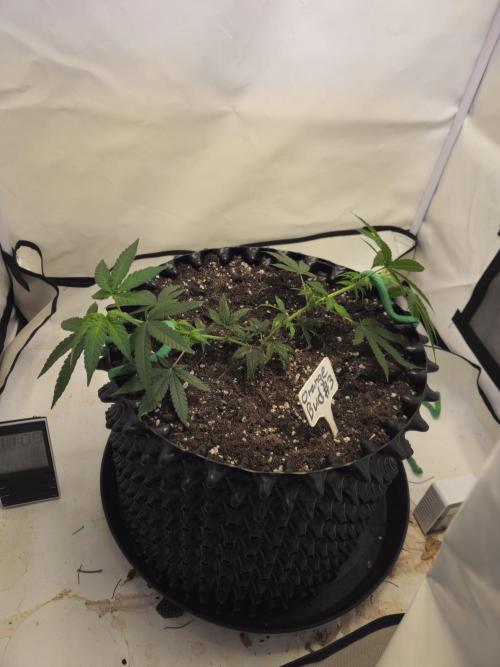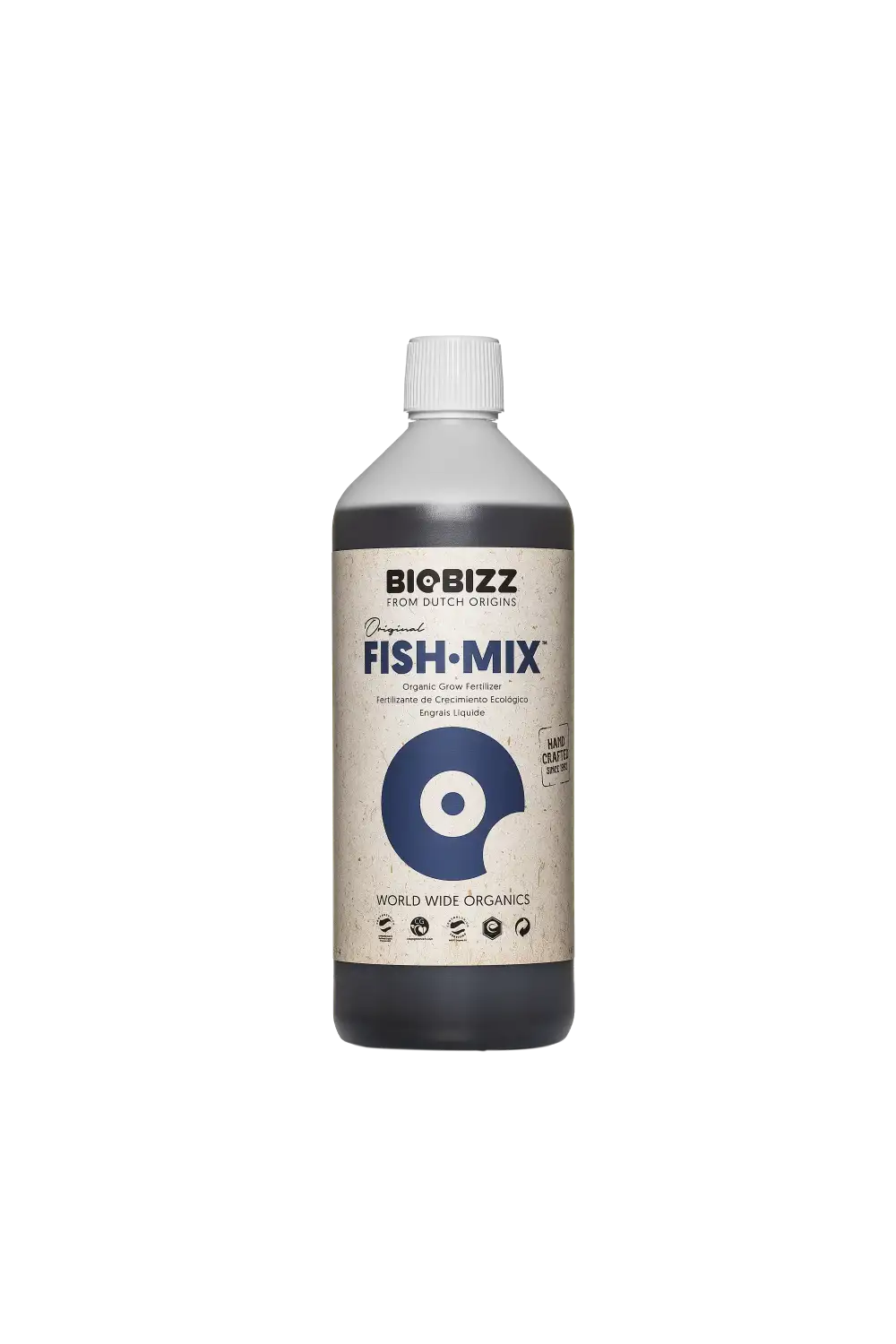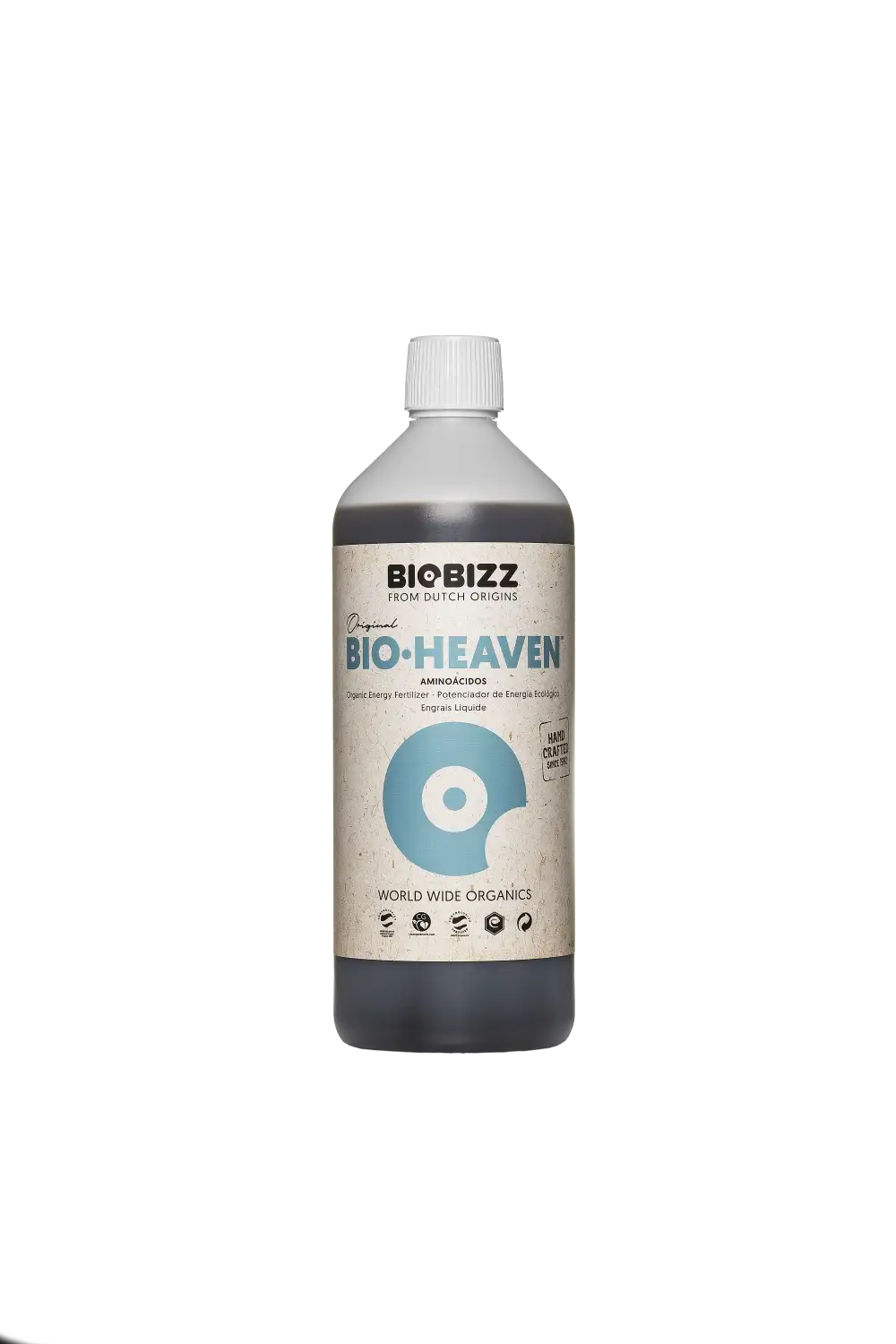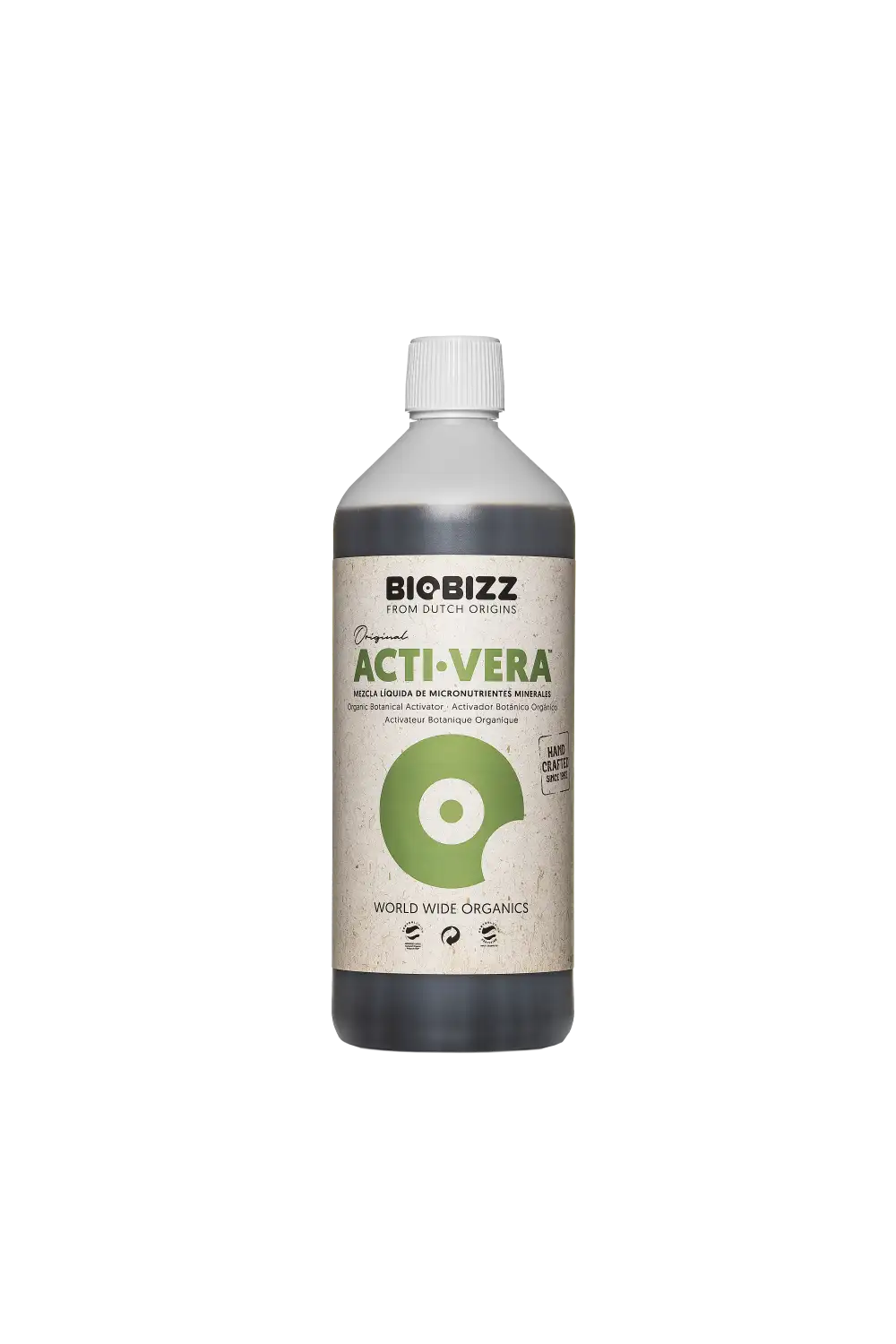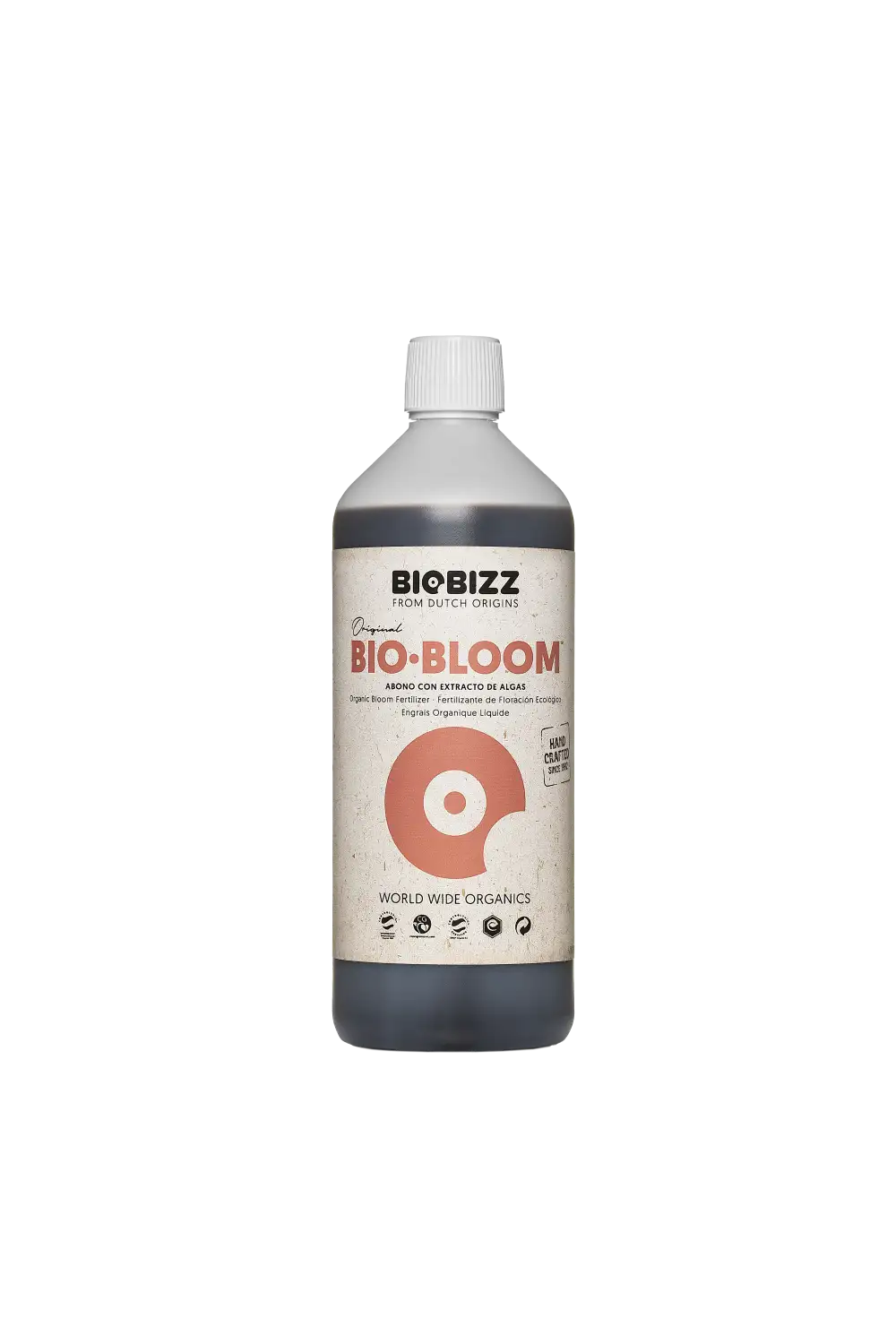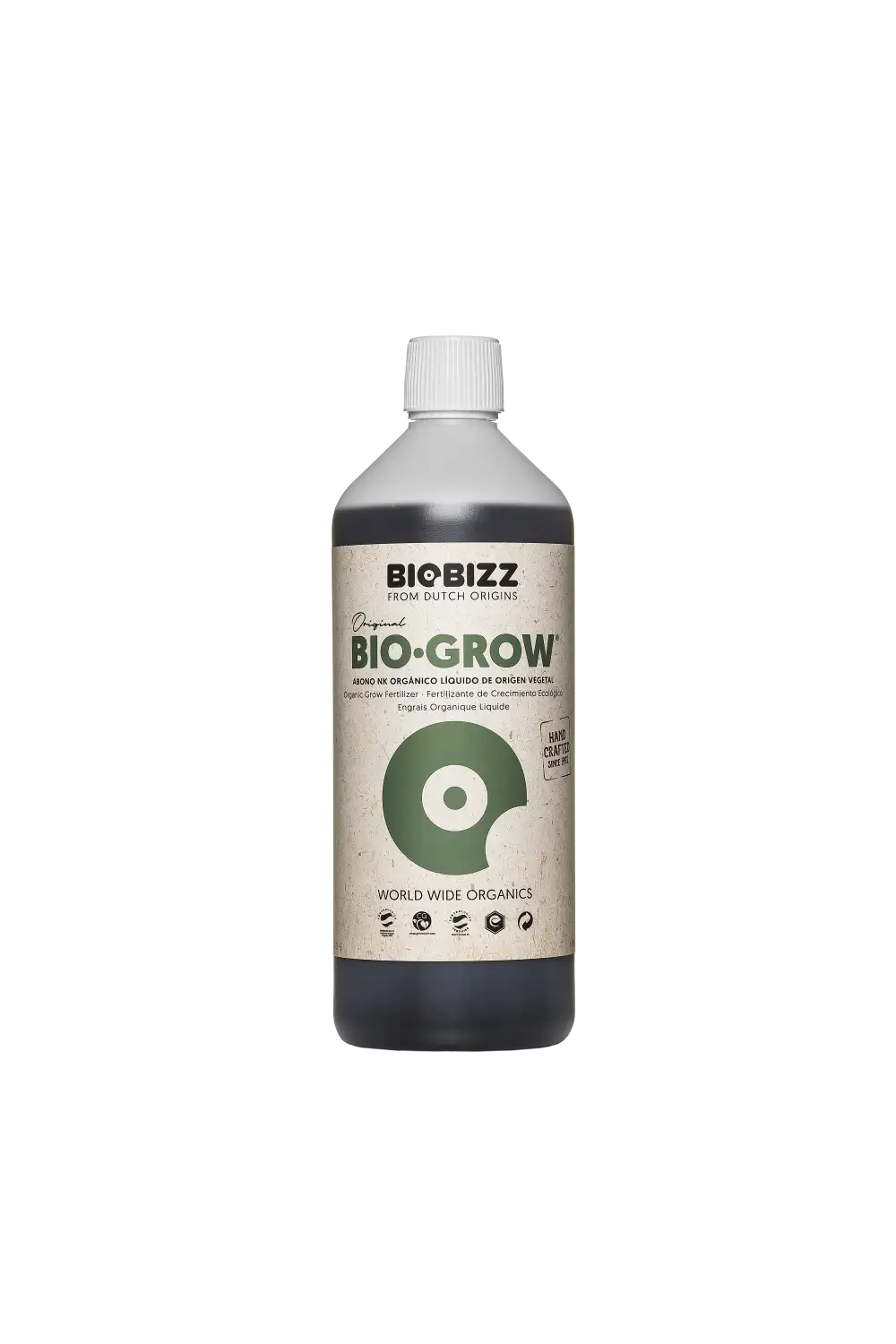The Grow Awards 2026 🏆 






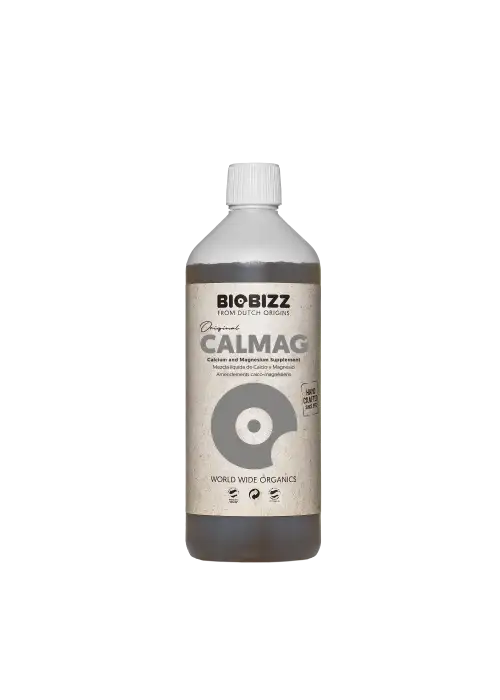
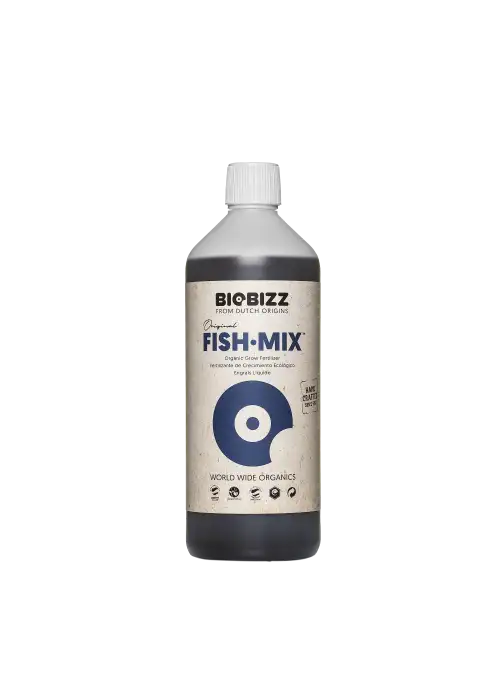
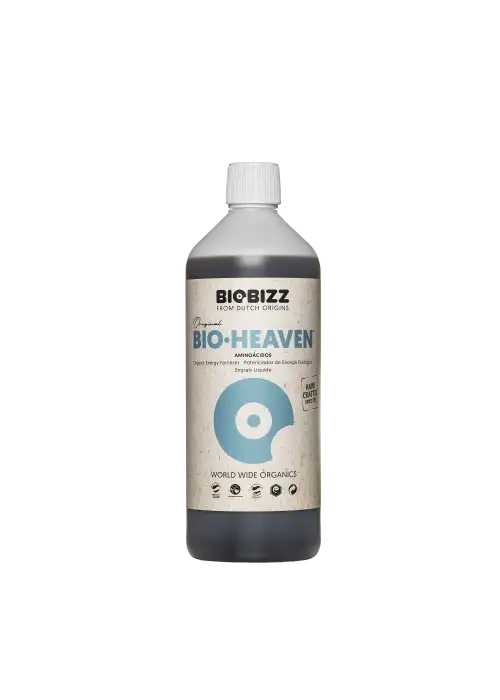























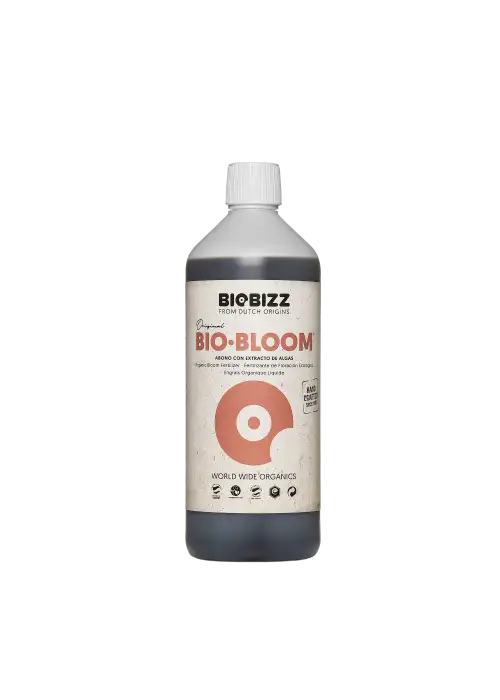
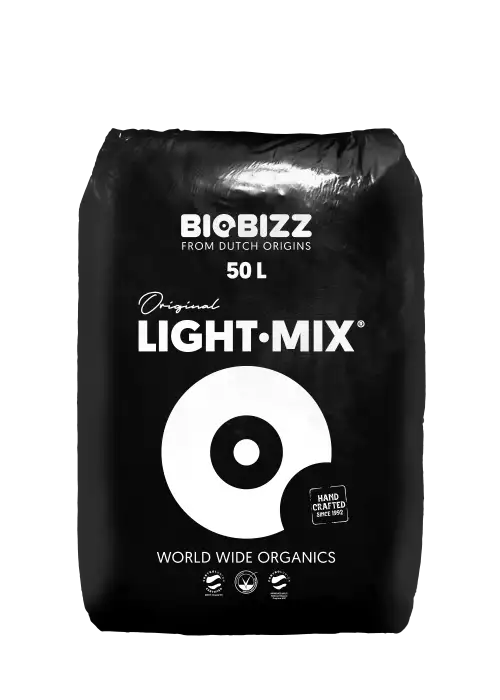






DP Orange Bud

VEG
Parolution Light Emitting Diodes/90W

FLO
mars hydro evo 150w Light Emitting Diodes/150W

FLO
200 Light Emitting Diodes/200W

Tent
60x60x180

Tent
80x80x180
Soil
Custom
Indoor
Room Type
SoG
weeks 15
ScrOG
weeks 15
FIMing
weeks 15
Main-Lining
weeks 15
HST
weeks 2, 15
Topping
weeks 2, 15
LST
weeks 3, 15
Defoliation
weeks 7, 15
20 liters
Pot Size
2 liters
Watering
Start at Harvest
G
Germination1y ago
BusyBeeFarmer The seedlings are right on schedule. Although they are showing slight stretching due to the combination of low humidity and limited airflow, along with higher-than-ideal temperatures, they are progressing well. The stretching isn't too concerning, but it's something to monitor in the coming days to ensure steady growth. Adjustments in environmental conditions, especially improving airflow and maintaining humidity, should help keep the seedlings on track as they continue to develop.
1 like
comments
Share
Used method
Glass Of Water
Germination Method
1
Week 1. Vegetation1y ago
6 cm
Height
18 hrs
Light Schedule
23 °C
Day Air Temp
6.0
pH
No Smell
Smell
400 PPM
TDS
70 %
Air Humidity
23 °C
Solution Temp
23 °C
Substrate Temp
23 °C
Night Air Temp
7 liters
Pot Size
0.2 liters
Watering Volume
30 cm
Lamp Distance
BusyBeeFarmer The plants are thriving, with no need for nutrients at this stage, just pH-corrected water. The humidifier has arrived, and as a result, the stretching has stopped. The plants have adjusted well to being transplanted and continue growing steadily without any setbacks. They're handling everything smoothly and progressing nicely.
2 likes
comments
Share
2
Week 2. Vegetation1y ago
10 cm
Height
18 hrs
Light Schedule
23 °C
Day Air Temp
6.0
pH
No Smell
Smell
400 PPM
TDS
70 %
Air Humidity
23 °C
Solution Temp
23 °C
Substrate Temp
23 °C
Night Air Temp
7 liters
Pot Size
0.2 liters
Watering Volume
30 cm
Lamp Distance
Nutrients 4

Calmag
0.3 mll

Fish-Mix
1 mll

Bio-Heaven
2 mll
BusyBeeFarmer Mid-week, I topped the plants, and #2 has been selected as the mother plant, showing growth traits closest to the Skunk phenotype. I chose this plant for its expected resilience, which I'm now starting to test. The plants are currently receiving foliar feedings three times a day and are kept in very humid conditions. #2 was exposed to intense LST, with the stem slightly bending at this young stage — there’s a chance I might need to grow a new mother plant, but we’ll see how it recovers. So far, they’re loving the conditions and growing quickly!
2 likes
comments
Share
Used techniques
HST
Technique
Topping
Technique
3
Week 3. Vegetation1y ago
15 cm
Height
18 hrs
Light Schedule
23 °C
Day Air Temp
6.0
pH
No Smell
Smell
400 PPM
TDS
70 %
Air Humidity
23 °C
Solution Temp
23 °C
Substrate Temp
23 °C
Night Air Temp
7 liters
Pot Size
0.2 liters
Watering Volume
30 cm
Lamp Distance
Nutrients 4

Calmag
0.3 mll

Fish-Mix
1 mll

Bio-Heaven
2 mll
BusyBeeFarmer To push the pest resistance test even further (so far, the plants have shown resilience against fungus gnats, thrips, and excessive humidity), it’s getting too risky to allow the gnats to continue affecting my roots. As a test, I sieved fine sand from my garden and spread it over the soil to eliminate the gnats' living space. I gave the plants a good watering before applying the sand, and now I’ll leave it like this for a week. By the end of the week, I plan to repot them anyway, so we’ll see if this method clears up the gnat problem.
3 likes
comments
Share
Used techniques
LST
Technique
4
Week 4. Vegetation1y ago
15 cm
Height
18 hrs
Light Schedule
23 °C
Day Air Temp
6.0
pH
No Smell
Smell
600 PPM
TDS
70 %
Air Humidity
23 °C
Solution Temp
23 °C
Substrate Temp
23 °C
Night Air Temp
15 liters
Pot Size
0.2 liters
Watering Volume
30 cm
Lamp Distance
Nutrients 4

Calmag
0.3 mll

Fish-Mix
2 mll

Bio-Heaven
2 mll
BusyBeeFarmer #3 started showing mold at the lowest stem, which I immediately cut away. This ends the pest resistance test for now. On the bright side, the fungus gnats were successfully eliminated by using the fine sand technique. For the remaining thrips, I’ll be ordering neem oil soon, although they’re barely affecting the leaves at the moment.
Over the week, the mold hasn’t returned, and the plant seems to be recovering without major issues. As for #2, the mother plant, she’s back to growing after a week of stagnation following the stem kink. I decided not to repot just yet since the root mass isn’t too large—no roots are visible through the drainage holes. The plants are still thriving without frequent foliar feedings, and I’ve noticed fewer thrips, likely due to the high humidity.
Things are looking stable, and the plants are on track despite the challenges!
2 likes
comments
Share
5
Week 5. Flowering1y ago
30 cm
Height
12 hrs
Light Schedule
27 °C
Day Air Temp
6.0
pH
No Smell
Smell
600 PPM
TDS
50 %
Air Humidity
23 °C
Solution Temp
24 °C
Substrate Temp
22 °C
Night Air Temp
15 liters
Pot Size
0.2 liters
Watering Volume
30 cm
Lamp Distance
Nutrients 6

Calmag
0.3 mll

Bio-Heaven
2 mll

Acti-Vera
2 mll
BusyBeeFarmer After just three days in the bloom room, the first calyxes have appeared! The plants look healthy and are stretching upwards. The mother plant (#2) is pushing hard and will probably need repotting soon. The other two plants have turned into beautiful, compact bouquets.
#3 has started developing taller main shoots from the side branches, which isn’t a concern since the light falls off strongly at the sides, so the extra height will help. Given the small size of the plants so far, I’ve decided against defoliation. The high temperatures and controlled humidity should keep mold at bay for now, and I haven’t noticed any signs of it either.
Looking forward to seeing how they progress!
4 likes
4 comments
Share
6
Week 6. Flowering1y ago
35 cm
Height
12 hrs
Light Schedule
27 °C
Day Air Temp
6.0
pH
Weak
Smell
800 PPM
TDS
45 %
Air Humidity
23 °C
Solution Temp
24 °C
Substrate Temp
24 °C
Night Air Temp
15 liters
Pot Size
0.2 liters
Watering Volume
30 cm
Lamp Distance
Nutrients 7

Calmag
0.3 mll

Bio-Heaven
2 mll

Acti-Vera
2 mll
BusyBeeFarmer The plants are performing well overall, and I’ve applied neem oil to combat the thrip larvae. Their reproduction seems slow in my environment. However, the plants are showing some deficiency symptoms, and I suspect a nitrogen deficiency following the phosphorus shock, which pushed them nicely into bloom. I've increased nitrogen levels as planned, and the plants are responding excellently.
Despite this, the plants are a bit smaller than expected. I’m uncertain whether this is due to the strain or if other underlying issues might be at play. Further observation will help clarify the situation.
4 likes
comments
Share
7
Week 7. Flowering1y ago
35 cm
Height
12 hrs
Light Schedule
28 °C
Day Air Temp
6.0
pH
Normal
Smell
800 PPM
TDS
45 %
Air Humidity
23 °C
Solution Temp
24 °C
Substrate Temp
24 °C
Night Air Temp
15 liters
Pot Size
0.8 liters
Watering Volume
30 cm
Lamp Distance
480 PPM
CO₂ Level
Nutrients 6

Calmag
0.8 mll

Bio-Heaven
3 mll

Acti-Vera
2 mll
BusyBeeFarmer I applied neem oil again to tackle the pests, and it seems to be working. I’ve also identified the deficiency the plants were showing—turns out it was a magnesium deficiency. Our local water report came out, and it confirmed that there’s no magnesium left in the water. After adjusting the dose, the plants have responded positively over the week, showing new growth and recovering well.
Interestingly, the magnesium deficiency also seemed to prevent the usual stretch the plants would undergo. I’ve also defoliated some leaves to allow more light to reach the lower buds. Both phenotypes are looking great, with stable leaves and strong branches.
The pest issue has significantly decreased, and I’m hoping the second neem oil treatment will resolve it completely. I'm cautious, though, as further applications could risk affecting the flavor of the buds during flowering.
3 likes
1 comment
Share
Used techniques
Defoliation
Technique
8
Week 8. Flowering1y ago
40 cm
Height
12 hrs
Light Schedule
26 °C
Day Air Temp
6.2
pH
Normal
Smell
1000 PPM
TDS
45 %
Air Humidity
23 °C
Solution Temp
24 °C
Substrate Temp
22 °C
Night Air Temp
15 liters
Pot Size
0.8 liters
Watering Volume
30 cm
Lamp Distance
480 PPM
CO₂ Level
Nutrients 6

Calmag
1 mll

Bio-Heaven
3 mll

Acti-Vera
3 mll
BusyBeeFarmer Week 4 - Bloom Phase
The plants are looking solid so far. I’m increasing the nutrient levels a bit since they seem to be developing ahead of schedule, despite it only being week 4. The buds are already impressively large, though I suspect the brown pistils are a result of the neem oil application.
This week, I haven't seen any pests, which is a good sign. To stay on the safe side, I’ve got some sticky traps on the way. Orange Bud seems to have a shorter flowering period compared to the other strains I’ve grown before, so I think I can ramp up the nutrients a little earlier than usual. Everything’s on track for a promising finish!
2 likes
comments
Share
9
Week 9. Flowering1y ago
40 cm
Height
12 hrs
Light Schedule
28 °C
Day Air Temp
6.2
pH
Strong
Smell
1000 PPM
TDS
45 %
Air Humidity
23 °C
Solution Temp
24 °C
Substrate Temp
20 °C
Night Air Temp
15 liters
Pot Size
0.8 liters
Watering Volume
30 cm
Lamp Distance
480 PPM
CO₂ Level
Nutrients 6

Calmag
1 mll

Bio-Heaven
3 mll

Acti-Vera
3 mll
BusyBeeFarmer Week 5 - Bloom Phase
The bud growth this week has been outstanding — the plants are really thriving! They’ve responded exceptionally well to the nutrient adjustments. The buds are packing on weight and looking dense, with vibrant, healthy development throughout.
It’s been slightly warmer in the grow room this week, hovering around 28°C, but the plants seem to be handling it well. No visible signs of heat stress so far, and the overall progress is on point. Let’s keep this momentum going! 🌱🔥
3 likes
comments
Share
10
Week 10. Flowering1y ago
40 cm
Height
12 hrs
Light Schedule
28 °C
Day Air Temp
6.2
pH
Strong
Smell
1000 PPM
TDS
45 %
Air Humidity
23 °C
Solution Temp
24 °C
Substrate Temp
20 °C
Night Air Temp
15 liters
Pot Size
0.8 liters
Watering Volume
30 cm
Lamp Distance
480 PPM
CO₂ Level
Nutrients 1
Plain Water
999 mll
BusyBeeFarmer Week 6 - Bloom Phase
Unfortunately, I only have phone camera shots for now since I don't have a dedicated camera, but I plan to get one soon. This week hasn’t been particularly eventful, except for the intensifying aroma — a heavy, sweet scent is filling the space.
I’ve started flushing with plain water, as the plants are approaching harvest, and there’s still plenty of nutrients in the soil. The EC reading of the runoff is sitting at 3000 µS/cm, indicating a good nutrient reserve to carry them through until the end.
The buds look promising, and the scent is giving a solid preview of what's to come! 🌿📸
5 likes
comments
Share
15
Week 15. Vegetation1y ago
40 cm
Height
12 hrs
Light Schedule
24 °C
Day Air Temp
5.8
pH
Weak
Smell
600 PPM
TDS
45 %
Air Humidity
23 °C
Solution Temp
24 °C
Substrate Temp
20 °C
Night Air Temp
15 liters
Pot Size
0.8 liters
Watering Volume
30 cm
Lamp Distance
480 PPM
CO₂ Level
Nutrients 2
Plain Water
985 mll
12 mll
BusyBeeFarmer Strain Review: Mother Plant and Cutting
After growing the mother plant and its cutting, I've decided to conclude this project as I am keen to explore other strains. Both the mother plant and the cutting performed as expected, with the cutting growing rapidly, albeit with a few challenges, primarily pests.
Mother Plant:
The mother plant showed excellent stability throughout its life cycle. Initially, it had a more balanced growth, exhibiting characteristics of a 50/50 hybrid. However, over time, its growth began to resemble more of an Indica-dominant structure, making it easier to manage and train. The plant's ability to recover from minor setbacks, such as environmental changes, was impressive, demonstrating its robustness.
It went through periods of pest issues, especially with thrips, but with regular neem oil treatments every two weeks, I was able to control the infestation. Although I noticed a need for future intervention, either with stronger treatments or by introducing beneficial insects, the plant showed resilience in terms of growth and bud development.
Cutting:
The cutting has been a promising clone of the mother plant, growing evenly and demonstrating good vigor. After two weeks of rooting, I transferred the cutting into a 7-liter pot and later into a 20-liter AirPot to allow for further growth. Despite some challenges with a temperature drop caused by an open window during a storm, which delayed growth for a few days, the plant has continued to grow healthily.
The cutting has shown characteristics closely resembling its mother, particularly in terms of Indica-like growth. It has been easy to train, and the growth pattern has been consistent, showing good potential for the next stages of development. This cutting has been a perfect candidate to experiment with my propagation method, and so far, all my cuttings have rooted successfully, making the process more reliable for future grows.
Challenges and Solutions:
Pest Management: The thrips problem persisted but was manageable with neem oil. I've had to reapply every two weeks, but the situation is under control for now. I plan to introduce beneficial insects as a more sustainable solution.
Temperature Fluctuations: The unplanned temperature drop, caused by an open window, led to some stunted growth for a few days. Thankfully, no plants in the flowering stage were affected. I've since secured the window to avoid further issues.
Conclusion:
Overall, both the mother plant and cutting have performed well. The mother plant has been stable and hardy, while the cutting has shown excellent growth, resembling its parent with some Indica-dominant traits. Despite the occasional pest issues and the brief temperature fluctuation, everything is progressing well. I am excited to see how the cutting develops, especially once I move it to flowering. The initial success with this cutting reinforces my confidence in my propagation methods.
Now, I look forward to exploring new strains while completing the current cycle and harvesting the cutting in due time.
4 likes
comments
Share
Used techniques
LST
Technique
HST
Technique
SoG
Technique
ScrOG
Technique
Topping
Technique
FIMing
Technique
Main-Lining
Technique
Defoliation
Technique
21
Week 21. Flowering1y ago
40 cm
Height
12 hrs
Light Schedule
26 °C
Day Air Temp
5.8
pH
Strong
Smell
600 PPM
TDS
55 %
Air Humidity
23 °C
Solution Temp
24 °C
Substrate Temp
18 °C
Night Air Temp
15 liters
Pot Size
30 cm
Lamp Distance
480 PPM
CO₂ Level
Nutrients 2
Plain Water
955 mll
45 mll
BusyBeeFarmer Complete Bloom Report of the Cutting
The cutting has performed as expected throughout its growth and flowering stages. I am satisfied with how the plant has adapted, especially considering that it is a feminized plant. I have not observed any male flowers or pre-flowers on this cutting, which is reassuring, especially since in the past, I encountered issues with feminized plants showing male traits in different setups. It appears that the problem I experienced previously was likely due to the genetics of the other plants, as Dutch Passion themselves acknowledge that their original strains can occasionally exhibit hermaphroditism under certain conditions. This is detailed in their product descriptions and support materials, emphasizing that while feminized genetics are stable, some stressors in the environment (such as light leaks or temperature fluctuations) may cause hermaphroditism in certain plants.
The smell of this cutting reminds me of pheno #1 rather than the piney aroma I expected, and it aligns more with the fruity and sweet notes found in that phenotype. I have yet to detect any prominent pine characteristics, which was a surprise. The cutting has been in flowering for 6 weeks after 3 weeks of vegetative growth and 2 weeks of rooting. During this time, the buds have been developing nicely, with noticeable growth in the last week.
Harvest Timeline:
Week 1-2 (Rooting Stage): The cutting rooted well in about two weeks.
Week 3 (Growth Stage): The plant transitioned well into vegetative growth with a stable, healthy structure.
Week 4-6 (Flowering Stage): The plant has steadily developed dense buds, and the flowering seems almost complete. The trichomes are mostly clear, with a few starting to turn amber. Although the plant looks mature, I’ll give it a few more days to fully ripen. The buds have become noticeably heavier in the last week, indicating healthy development.
Overall, this cutting has performed admirably under my setup, and I expect it to deliver a solid yield. I plan to harvest in the coming days, once the trichomes reach the ideal maturity.
4 likes
comments
Share
22
Week 22. Flowering1y ago
40 cm
Height
12 hrs
Light Schedule
26 °C
Day Air Temp
5.8
pH
Strong
Smell
1300 PPM
TDS
55 %
Air Humidity
23 °C
Solution Temp
24 °C
Substrate Temp
18 °C
Night Air Temp
15 liters
Pot Size
30 cm
Lamp Distance
480 PPM
CO₂ Level
Nutrients 9

Acti-Vera
3 mll

Alg-A-Mic
2 mll

Bio-Bloom
3 mll
BusyBeeFarmer Week 21 Bloom Report for the Cutting
In Week 21, the cutting is nearing the end of its flowering cycle. The bud production on this plant is slightly lower compared to the mother plant's previous performance. This can likely be attributed to the more conservative nutrient regime I applied during this run. The impact of the lighter feeding schedule became evident as the cutting started developing yellowing leaves earlier than expected. However, the buds appear well-developed and are continuing to push growth despite this deficiency. Given the plant’s overall appearance and progress, I believe the nutrient levels, while lower, are sufficient to reach harvest in the next 2-3 days.
Observations:
Yellow Leaves: Likely due to nutrient deficiencies from lighter feeding. Could also be influenced by dry stress, as there were two instances of late watering.
Aroma: The plant exudes a heavy, fruity scent, consistent with expectations from previous grows.
Bud Development: Despite the reduced nutrient levels, the buds are dense and mature-looking.
Trichome Check: The plant looks ready, with trichomes mostly cloudy, indicating that the harvest window is very near.
Mother Plant Update:
The mother plant has been maintained in a vegetative state for an extended period and has grown exceptionally wide due to consistent high-stress training. This makes her an ideal candidate for a Sea of Green (SOG) setup, where her structure can efficiently produce multiple dense bud sites.
This week, I’ll be sending the mother plant into the flowering phase to make room for other projects. I plan to apply a higher nutrient level to avoid the deficiencies encountered with the cutting and ensure she progresses through the bloom stage without issue.
Conclusion:
The cutting performed well overall despite some challenges with nutrients and watering. The experience has provided valuable insights for optimizing nutrient levels and managing dry stress. The mother plant is well-prepared for flowering, and I anticipate better results with an adjusted nutrient approach.
6 likes
4 comments
Share
23
Week 23. Flowering1y ago
40 cm
Height
12 hrs
Light Schedule
28 °C
Day Air Temp
6.2
pH
Strong
Smell
1300 PPM
TDS
45 %
Air Humidity
23 °C
Solution Temp
24 °C
Substrate Temp
18 °C
Night Air Temp
20 liters
Pot Size
2 liters
Watering Volume
30 cm
Lamp Distance
480 PPM
CO₂ Level
Nutrients 1

Light-Mix
1000 mll
BusyBeeFarmer Harvest Report – Cutting
The cutting has now reached harvest time, and the final impressions are very positive. Compared to Phenotype #1, the aroma of the cutting is noticeably sweeter—a more pronounced fruity profile with less of the earthiness or pine noted in other phenotypes. The buds are dense and sticky, reflecting the successful flowering process despite lighter nutrient feeding.
Key Observations:
Aroma: Sweet and fruity, an improvement or variation on #1.
Bud Quality: Dense structure and well-formed trichomes indicate good resin production.
Nutrient Management: The lighter feeding schedule led to some yellowing leaves early, but the plant still delivered a satisfying yield.
Performance: Overall, the cutting performed as expected, showing consistent traits and no issues with hermaphroditism despite being feminized. This confirms that previous issues were likely due to the genetics of other plants rather than environmental factors.
15 likes
3 comments
Share
24
Week 24. Harvest1y ago
Happy Harvest Day!

8/10
Rated
Orange Bud – Strain Review
Genetics:
Orange Bud is a classic strain that emerged from the 1980s and is known for its rich Skunk lineage. It’s a stable, mostly indica-dominant hybrid with robust genetics, producing vigorous plants with high resilience. The strain is renowned for its adaptability, making it suitable for novice and experienced growers alike.
Growth Characteristics:
Structure:
Orange Bud displays a compact growth structure with dense, resinous buds. Despite its indica dominance, some phenotypes exhibit slightly more sativa-like stretching, especially when training methods are applied. The plant naturally develops strong stems, reducing the need for additional support, even under the weight of large buds.
Pheno Variations:
During this grow cycle, three distinct phenotypes emerged:
Pheno #1: Short, bushy growth with tightly packed buds.
Pheno #2: Exhibited a more Skunk-like profile, benefiting significantly from training and developing dominant main colas.
Pheno #3: Showed unique branching characteristics, forming new main colas on the side branches.
Bud Development:
Buds grow dense and tight, with a generous coating of trichomes. The leaf-to-bud ratio is on the higher side, leading to a bit more trim material. However, the overall quality of the buds compensates for this.
Yield:
Indoor Potential: Approximately 400g/m² under optimal conditions, with an efficiency of 0.96 g/watt using Mars Hydro lighting.
The yield is slightly lower with Sunlight fixtures, indicating lighting performance impacts overall production.
Aroma and Flavor:
Terpene Profile:
Orange Bud is rich in myrcene, limonene, and pinene, which contribute to its complex aroma and flavor.
Primary Notes: Sweet citrus (similar to fresh orange zest).
Secondary Notes: Hints of pine, especially pronounced in Pheno #2, resembling the scent of a pine forest mingling with orange groves.
Curing Impact:
Proper fermentation and curing bring out the strain’s full potential. The fruity notes become more vibrant, and the pine nuances mellow slightly, offering a balanced sensory experience.
Effects:
High:
Orange Bud delivers a balanced, uplifting high that leans more towards a cerebral experience without overwhelming sedation. This makes it suitable for daytime use or for consumers who prefer a milder effect.
Mood: Euphoria, mental clarity, and creativity.
Body: Light relaxation without couch-lock, ideal for functional use.
Use Cases:
Perfect for all-day use, social interactions, or mild stress relief. Ideal for those seeking a pleasant high without heavy psychoactive effects.
Pros and Cons:
Pros:
Resilient to pests and mold with proper care.
Dense, resinous buds with excellent bag appeal.
Balanced high for versatile use.
Responds well to training and nutrient adjustments.
Cons:
Higher leaf-to-bud ratio increases trimming effort.
Some phenotypes may have flavor profiles that don’t blend perfectly (e.g., pine dominating citrus).
Summary:
Orange Bud is a reliable strain for those seeking fruity flavors, resilient plants, and an uplifting high. The combination of robust genetics, manageable growth patterns, and a rewarding harvest makes it a worthwhile addition to any grower’s collection. Proper nutrient management and lighting choices are key to unlocking its full potential.
dein-onlineheadshop.de/
Use my referral code 420Shop at checkout to get a discount on your purchase. By using this code, you also support me, as I receive a small reward for each use. Thank you for your support!
Show more
Translate
Spent 100 days
Ger Veg Flo Har
81.5 g
Bud dry weight per plant
2
Plants
0.5 m²
Grow Room size
Easy
Difficulty

Creative, Euphoric, Relaxed
Positive effects

Dry eyes
Negative effects

Stress, Depression
Medical effects

Earthy, Pine, Fruity
Taste
Height
Day air temperature
Air humidity
PPM
PH
CO2
Light schedule
Solution temperature
Night air temperature
Substrate temperature
Pot size
Lamp distance
BusyBeeFarmer Harvest Week – Week 7 Description
Overview:
Week 7 marked the end of the flowering phase for Pheno #1 and Pheno #3. The results demonstrated clear differences in growth patterns, yield, and overall performance. This week was focused on final observations, drying, and assessing the outcomes of the grow.
Pheno #1: Indica Dominant
Harvest Time: This phenotype finished earlier and was ready for harvest by the start of the week. After a drying period of 10 days, the buds were fully cured and produced a yield of 72g. I secured 25g of this Plant.
Structure: Compact and bushy, with dense buds that required minimal support. The plant’s short stature was a direct result of limited stretch after the flowering phase.
Yield Efficiency: Delivered 0.96 g/watt, translating to approximately 400g/m². The buds were tightly packed, contributing to a solid harvest despite the plant's compact size.
Observation: This pheno performed reliably with good nutrient response, though the higher leaf-to-bud ratio led to a significant amount of trim material. The buds had a fruity, light aroma that intensified after curing.
Pheno #3: Balanced Hybrid
Harvest Delay: Allowed to mature an additional two days in complete darkness to test the impact on resin production and bud densitythe plant needed 7 days longer in Flower aditionally.
Structure: This phenotype showed more branching, developing new dominant colas on the side branches. Despite the branching, the plant remained sturdy without the need for extra support.
Yield Efficiency: Achieved a slightly lower yield compared to Pheno #1, delivering ~320g/m² or 0.9 g/watt. This yield difference was attributed to lighting performance rather than plant health.
Observation: The buds maintained density and resin content, with a strong sweet citrus aroma. The flavor profile leaned more towards pine and citrus, resembling a pine forest mixed with orange zest. While unique, the flavor combination was not entirely harmonious.
Drying and Curing Process:
Drying Duration:
Pheno #1: 10 days
Pheno #3: 12 days (including 2 days of darkness)
Curing Impact:
Both phenos benefited from proper curing, which enhanced the terpene profiles and brought out the fruity and pine notes more distinctly.
The buds maintained a good moisture balance, ensuring a smooth smoke and preservation of flavors.
Key Observations:
Nutrient Management:
Adjusting nutrients based on plant feedback was crucial. Minor deficiencies (such as magnesium) were corrected quickly, leading to a noticeable improvement in plant health and bud development.
Pest Control:
Neem oil treatments successfully controlled thrips and other pests. No infestations were observed during harvest week, and the buds were free from damage.
Lighting Performance:
Mars Hydro lights consistently produced better yields and bud quality compared to Sunlight fixtures, despite equivalent light intensity (measured in lux).
The plants under Mars Hydro lights filled more space, leading to higher yield efficiency.
Conclusion:
Harvest week highlighted the distinct characteristics of Pheno #1 and Pheno #3, both delivering unique results in yield, aroma, and flavor. The grow cycle provided valuable insights into nutrient management, pest control, and lighting efficiency. The fruity and pine-heavy profiles of the buds offer versatility for daytime use, with a balanced high that caters to both light and regular consumers. I think letting #3 dry for 2 days on the plant in darkness didnt efekkt the Terpen profiles. I will test this again if possible.🌱🌿
dein-onlineheadshop.de/
Use my referral code 420Shop at checkout to get a discount on your purchase. By using this code, you also support me, as I receive a small reward for each use. Thank you for your support!
21 likes
3 comments
Share
Equipment Reviews

the end.
Enjoying this diary? Follow for more updates!
Prefer the old Diary view?
Go back to the old Diary view






































































































